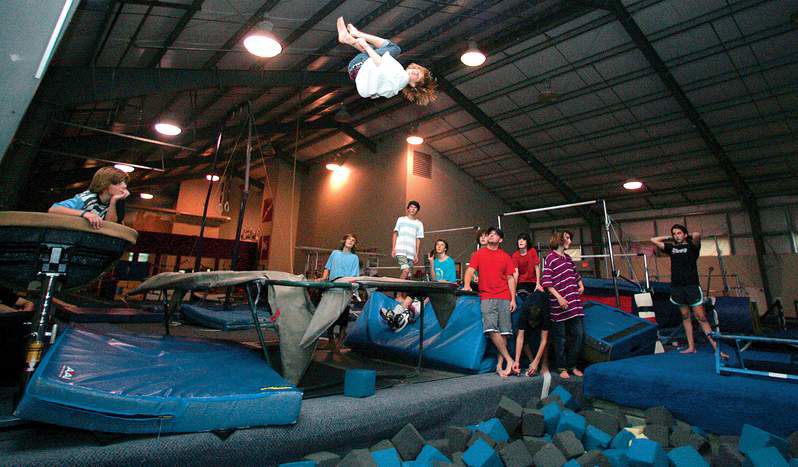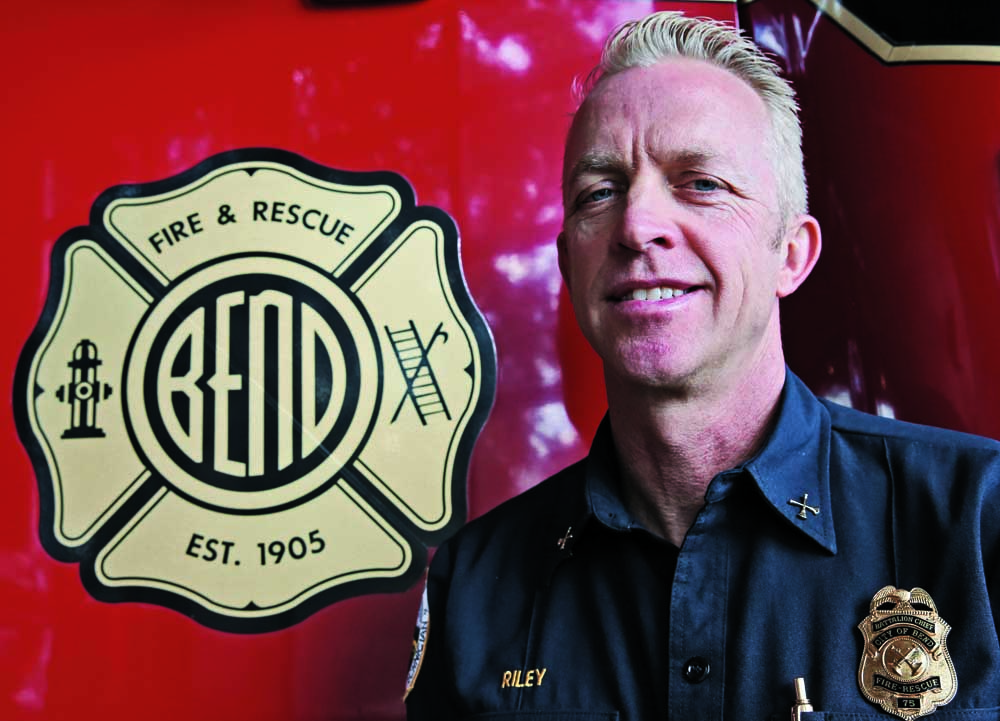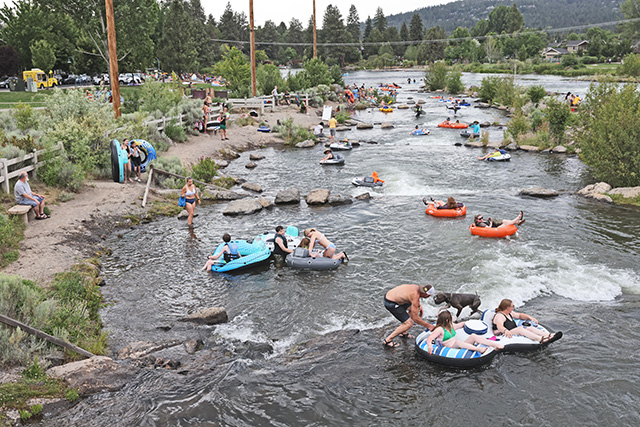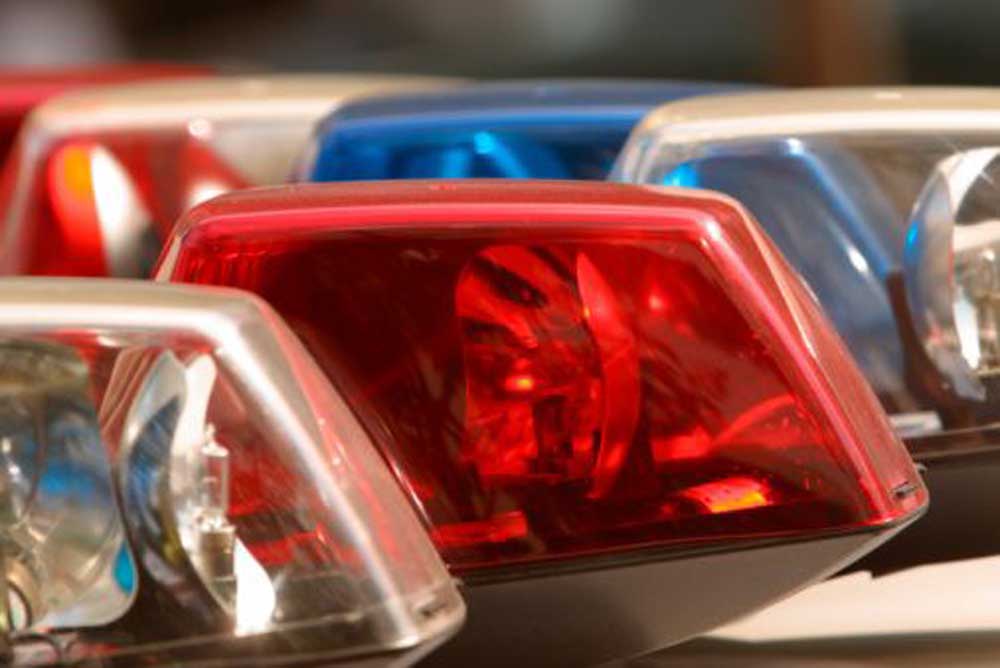Dry-land ski and snowboard training
Published 4:00 am Friday, November 12, 2010

- Keegan Agnew 14 of Bend top center gets corked out while launching off of the trampoline into the foam pit during snowboard training at Acrovision in Bend on Wednesday afternoon.
On the mountain, we often wonder just how some young skiers and snowboarders are able to flip, twist or spin through the air with such creative style and polished technique.
The answer can be found off the mountain.
Wednesday afternoon in Bend, skiers and snowboarders with the Mt. Bachelor Sports Education Foundation’s freeride program were perfecting aerial tricks and grinding rails — all indoors, at Acrovision Sports Center.
Area ski resorts figure to open in a couple of weeks, and these youngsters will be ready to ride.
In one corner at Acrovision, kids were bouncing on a trampoline with makeshift, but sturdy, plastic snowboards strapped to their feet, twisting and twirling in the air before landing in a foam pit. In another corner, with similar snowboards, other kids were sliding down a tilted balance beam, serving as a rail set up on old gymnastics mats.
True, most of these snowriders would rather be up at Mount Bachelor on the snow, but they understand the work it takes to prepare for slopestyle and halfpipe competitions, or to just get comfortable in a terrain-park setting.
“A lot of people think they just go up to the hill and huck themselves off jumps,” said Coggin Hill, freeride program director for MBSEF. “But you watch these kids and you see how talented they are. One of our skiers can do a standing back flip. These kids are so actively involved. It makes sense when you see them in this controlled environment. ‘Oh, well, that’s how they do it.’ ”
The sessions at Acrovision are in addition to leg-strength and core training, and they supplement the mountain biking or trail running that the young athletes in the MBSEF program do to stay in shape during the offseason.
The skiers and snowboarders continue their trampoline work throughout the winter, perfecting tricks by practicing them over and over again.
“It’s easier to take it steps at a time — you can’t really do that on the snow,” said Keegan Agnew, a 14-year-old skier from Bend.
“It just trains your muscles to the maneuver you’re going to do,” added snowboarder Dimitri Hagen, 17, of Bend.
Skier Hunter Hess, 12, said he likes to learn tricks on the trampoline at Acrovision and then eventually try them at Bachelor.
“You could try something bigger here (at Acrovision) and then you could bring it to snow,” Hess explained. “There’s obviously a lot more work you have to put into it. You have to train, work out, go to places like Acrovision, not just go out and try it straight on the mountain.”
Hill said that once the skiers or snowboarders get comfortable in the air, they can go up to the mountains and find a natural jump or build a jump with a soft powder landing. Such a jump presents less consequence than those found in terrain parks, which are typically sculpted down to a hard-pack surface.
This also helps snowriders become comfortable in natural terrain.
“So they always know the rotations for a certain trick, because they learned them on a trampoline,” Hill said. “Then they are able to do them on a natural jump. They just have to commit to hitting a jump with enough speed to clear the jump.”
Once snowriders reach a higher level of expertise, they can progress through different tricks and rotations, moving up to ambitious maneuvers like a 540 (1 1/2 rotations) or a 720 (two rotations).
The trampoline work teaches them air awareness and how to protect themselves from injury by bringing their arms to their chest while in the air: One of the most common injuries among freeride skiers and snowboarders, according to Hill, is a broken wrist.
The training also gives the snowriders confidence to follow through with an aerial trick and to avoid “stalling.”
“With air awareness, they won’t get halfway through a maneuver, get scared, and then their head stops rotating,” Hill said. “They stall in the air, and that’s when you get into trouble and get injured.”
Last season about 130 snowriders, ranging in age from 8 to 18, participated in MBSEF’s freeride program. Some are newer to the sport and are part of the foundation’s development program. More-experienced riders compete in regional slopestyle and halfpipe events, vying to qualify for the USA Snowboard Association nationals in the spring.
Hill said the dry-land training gives the MBSEF skiers and snowboarders an advantage over other competitors.
“They start out the season about a month ahead of other kids,” he estimated. “When they go up that first day, it’s not a few runs and they’re tired. They’re ready to go because their muscles are strong and they’ve been practicing air awareness. They don’t have to relearn tricks.”
Dedicated practice and training could help to change the sometimes negative stereotype of the freeride skier and snowboarder.
“The mindset is they’re lazy kids who go up and huck themselves around,” Hill said. “But there’s a lot that goes into making it safe for them, and they have a lot of desire to get better at the sport.”







